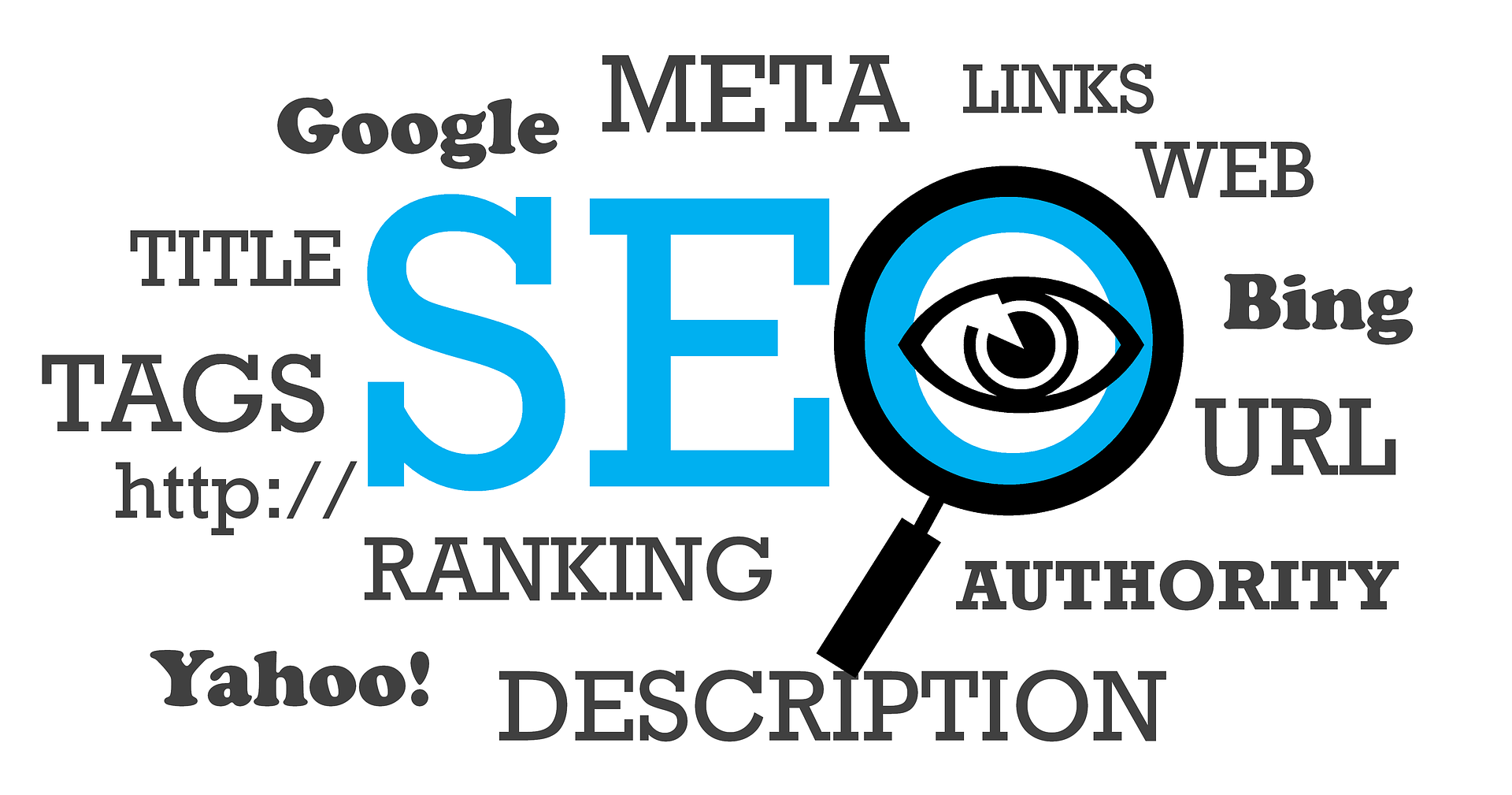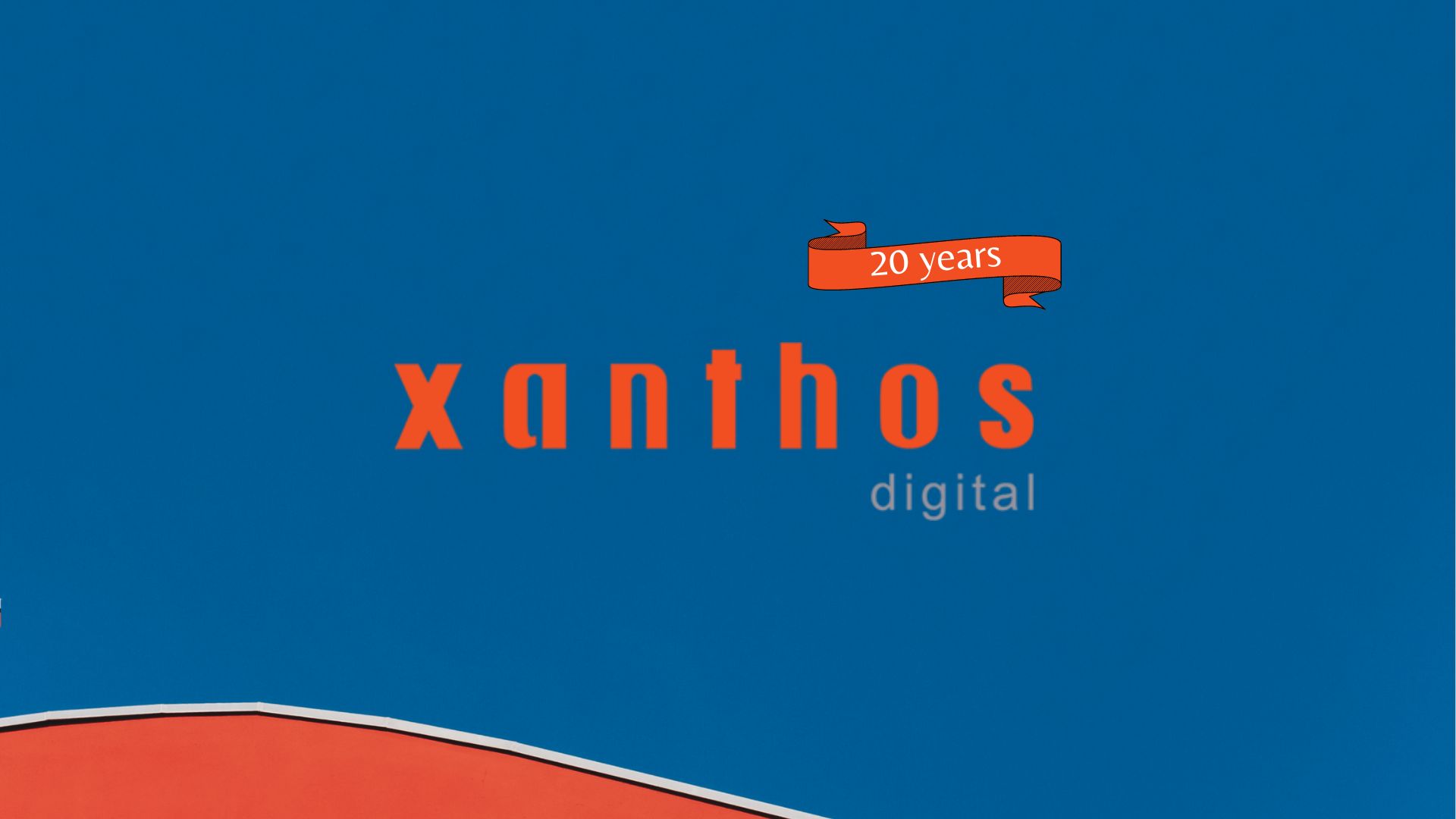Digital marketing continues to evolve, and there are a number of new trends set to hit in 2016. But what can we expect, and how can marketers ensure they stay on the cutting edge of engaging with customers online?
Video advertising
Whilst video advertising is technically nothing new, it’s going to become a more dominant force in the world of digital marketing.
YouTube has billions of videos, and gives advertisers more opportunities to engage with key audiences. Facebook is also branching out after seeing users engaging with videos on the platform, and has been expanding its video service to make it more powerful. The video advertising options have also expanded, and so advertising on Facebook becomes even more promising.
When it comes to the search results, the fact Google is going to begin offering in-SERP video advertising could prove tempting for many brands.
No doubt we will also see video advertising cropping up in all-new places, with new concepts and ideas being tested.
The fact Google owns YouTube and will be aggressively targeting video advertising, whilst other companies keep up.
Mobile domination
In 2015, we had mobile traffic overtake desktop traffic. We also saw Google update its algorithm to give mobile-friendly websites a ranking boost on a day dubbed as “mobilegeddon”. It makes sense then, that 2016 will see mobile take over.
Whilst desktops aren’t going anywhere soon, mobile devices are no longer just a second screen or entertainment device to most people. Nowadays, tablets are great for productivity, browsing, and shopping online. Many people probably spend more time staring at their phone than their tablet or PC. The mobile device is becoming the first screen, rather than the second.
All this will mean that having a mobile-responsive website, backed up by a mobile marketing strategy, is going to be an essential feature of any successful business in 2016.
App indexing
Google has been indexing apps for a while now, but in 2016 this is sure to become an even more important aspect for various businesses.
In the past, apps would not be visible on search engines at all. But now, they’re sure to get a lot of online visibility. Whilst probably still not as much as a mobile website may get you, but it at least adds fuel to the fire of companies pondering whether an app is the right move.

Digital Assistants
More and more digital assistants are coming onto the scene. Alongside Apple’s Siri and Google Now, Amazon and Facebook are getting in on the action. Which means that in the future, it could become a more formidable alternative to typing into search results to retrieve information.
This means that marketers will need to ensure business information is readily accessible for anyone who may be searching with digital assistants. Whether this is through Google or not, ensuring your business ranks for terms that people may say aloud to their phone or laptop could be very important.
Whilst digital assistants essentially use search engines as a basis for now, it could become a replacement in the years to come. Will use search engines as a base, but could replace them in the future.

Virtual reality
Virtual reality is big news for 2016, with the Oculus Rift and other competitors launching onto the scene.
Virtual reality will open up a whole new world of opportunities for marketers. Whilst creating virtual experiences isn’t the easiest of marketing moves, there’s a number of ways to take advantage.
For example, 360-degree videos are already commonplace. Whilst you can drag with your mouse to take a look around, imagine wearing a virtual reality headset and only needing to turn your head to see around. This could create virtual shopping experiences, or other forms of entertainment to promote a brand.
Even in 2015, Google is using a more primitive cardboard VR functionality to promote the long-awaited Star Wars movie. This is set to grow and continue, with other huge brands likely to develop and make the most of virtual experiences, whether through apps or videos online.

Wearable tech
Wearable technology is growing in popularity, but hasn’t become a staple accessory quite yet.
Whilst this is true, the Apple Watch launch in 2015 at least marked the first truly popular device that people wanted. However, it doesn’t service too much of a purpose at the moment, due to the fact it requires a daily charge, and lacks any life-changing apps. But with the inevitable second Apple Watch that’s likely to launch in 2016, could we see the wearable thrust into the spotlight again? But this time, it will have more purpose? No doubt Android Wear devices will also be flooding the market, so there’ll be more choice with better devices in the next year.
But it’s not all about the watch. There’s fitness trackers, headwear, healthcare devices, and much more. If marketers can tap into these with relevant apps, then it could prove very lucrative.
As for watches and other wearables, local marketing is sure to grow in popularity. The ability to notify customers within a certain area, or serve them with a reason to step in store, is very interesting. In reality, it will blur the line between on and offline marketing – as our lives already are.

If you’re looking to get started with a digital marketing strategy in 2016, why not get in touch with the team at Xanthos to see how we can help.






